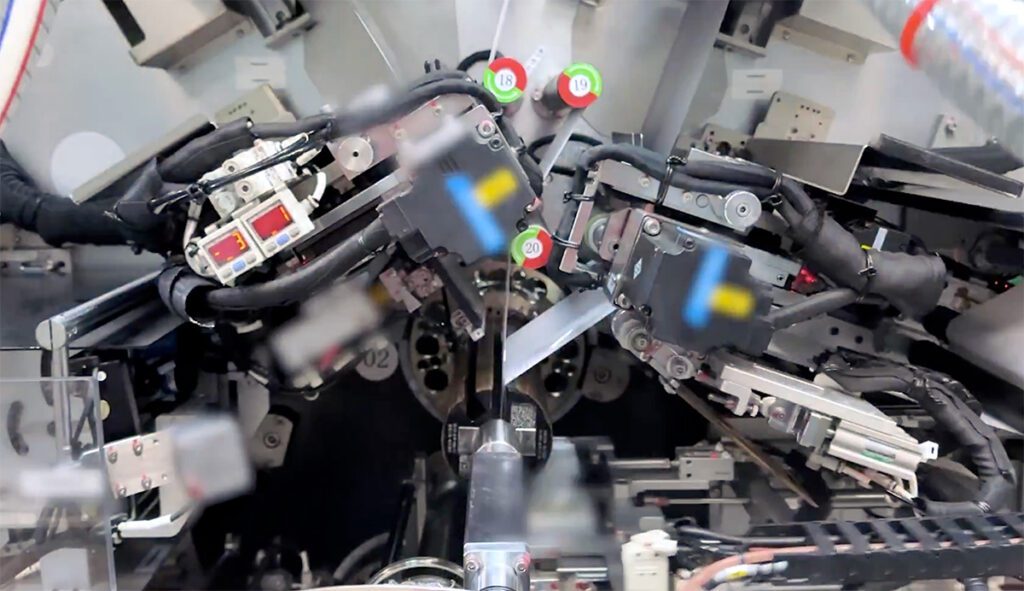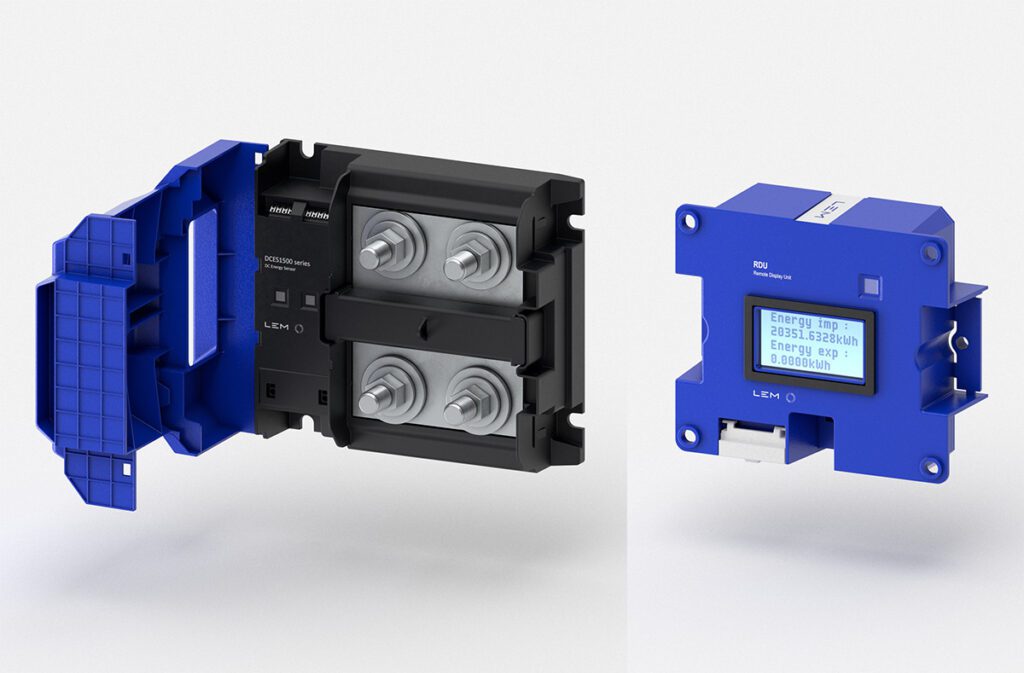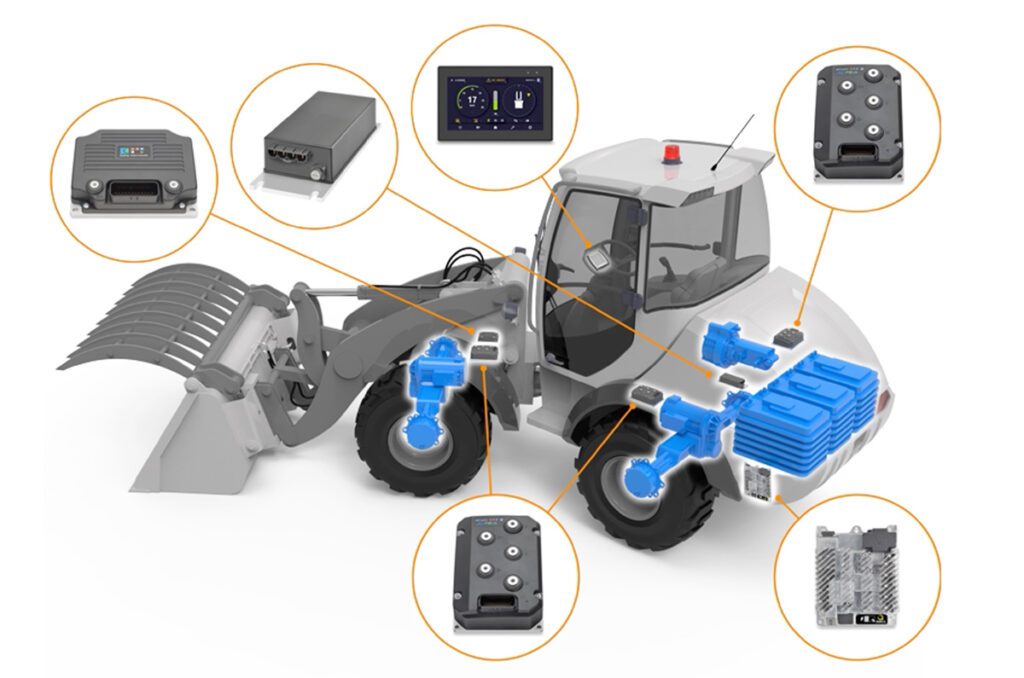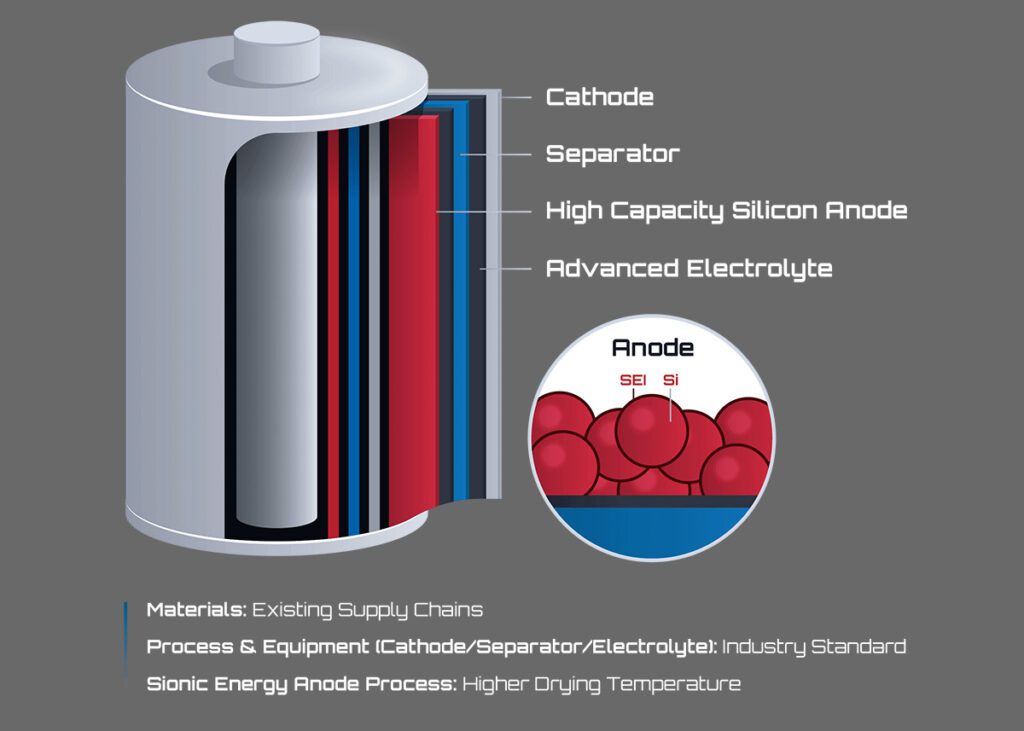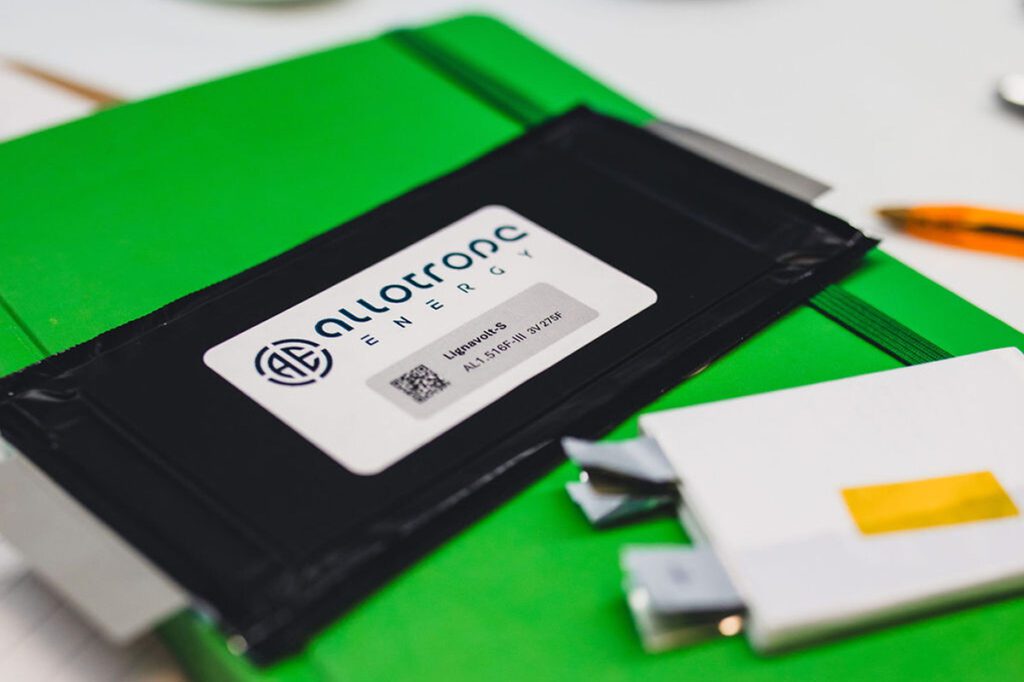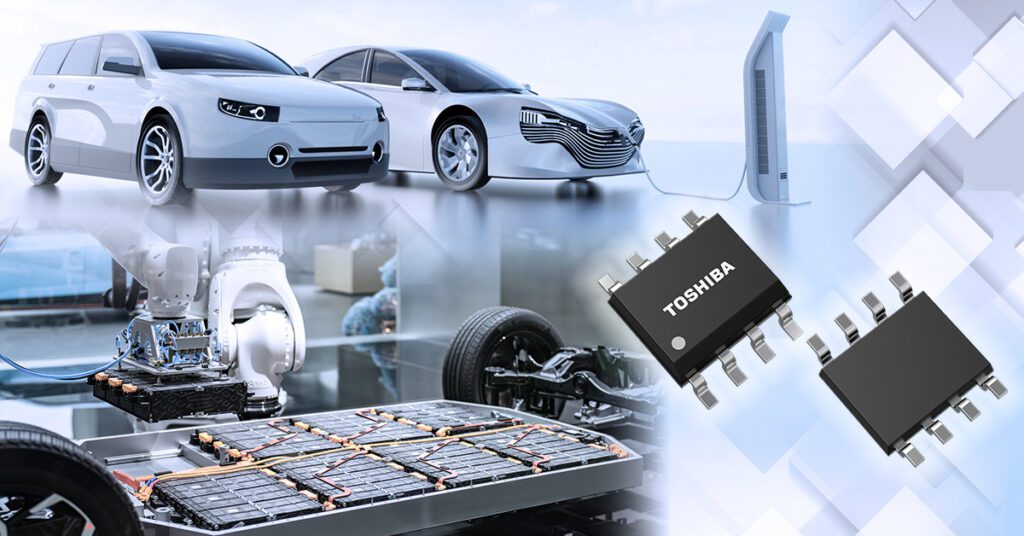Auto industry experts (and others) are beginning to assess the details of the redesigned federal EV tax credit program contained in the Inflation Reduction Act. There’s broad agreement that the changes will help to speed EV adoption, but there’s also concern that some provisions of the law could be counter-productive, at least in the short term.
The New York Times’ Jack Ewing writes that the package “aims to achieve two goals that are not always compatible: Make electric vehicles more affordable while freezing China out of the supply chain.” To qualify for tax credits under the new rules, “the cars and their batteries have to meet made-in-America requirements that many carmakers cannot easily achieve.”
“It’s going to be a lot harder for cars to qualify and for consumers to qualify for a federal tax credit for the purchase of an EV,” John Bozzella, President of the Alliance for Automotive Innovation, told the Times.
Winners and losers
Some individual automakers are expected to benefit more than others under the new rules. The existing cap of 200,000 EVs sold per automaker has been eliminated. This is good news for Tesla and GM, which have been selling EVs for years, and produce vehicles in the US. Companies that have been resisting electrification, like Toyota and Stellantis, will benefit far less, and no one in the EV industry is likely to shed any crocodile tears for them.
Some fear that the new rules will penalize startups such as Lucid and Rivian, which are still in the luxury-vehicle phase of their Tesla-inspired three-step journeys towards affordable EVs. The tax credits will now be available only for sedans priced at $55,000 or less, and for pickups, vans or SUVs under $80,000. Lucid’s sedans currently start at over $80,000, and Rivian’s pickups start at $72,500.
However, both marketing theory and real-world experience indicate that this is unlikely to harm sales of high-end EVs. Luxury buyers don’t tend to be very price-sensitive—if you can afford an $80,000 car, a few thousand bucks one way or the other is unlikely to affect your purchase decision. And Tesla, which lost access to the tax credit years ago, and has raised its prices several times since then, doesn’t seem to have any shortage of buyers.
Furthermore, even automakers that don’t get the tax credit goodie could benefit from the law in other ways—it contains billions of dollars in funding to help companies build factories and establish local supply chains.
Some observers are urging prospective buyers to act now to lock in tax credits before the rules change, and some automakers are rushing to find ways to make sure their buyers can take full advantage of the credits. Electrek has published a detailed assessment of how the new rules are expected to affect each individual automaker.
Buy American, or else!
The most contentious feature of the new law is a requirement that at least 50 percent of the components in an EV battery must come from the US, Canada or Mexico by 2024, and 100 percent by 2028. Also, by 2026, 80 percent the raw minerals in batteries must come from the US or “a trade ally.”
Complying with these provisions will obviously require a major restructuring of EV supply chains. This is widely considered to be a worthy goal, both for reasons of national security and sustainability, and it’s a goal that automakers and suppliers are already working towards. Unnamed industry executives told the Times that they should be able to revamp their supply chains enough for their products to qualify for tax credits within five years. Others are even more optimistic. Joe Britton, Executive Director of the Zero Emission Transportation Association, told the Times he would be “shocked” if it took as long as five years to bring the industry into compliance. “We still view this as a huge accelerant of electrification of transportation,” he added.
Some of the supply chain restrictions are subject to interpretation by regulators, and may not end up being as onerous as they appear. It appears that all manufacturers will be eligible for the $7,500 credit through next year, before content restrictions take effect in 2024. Furthermore, it appears to be up to regulators to decide exactly which components would be proscribed. For example, Reuters reported in May that Chinese battery-maker CATL was “in the final stages of vetting sites” in the Southeast US for a battery plant to supply BMW and Ford. Would batteries produced in the US by a Chinese company fall foul of the made-in America rules?
We’ve seen some strident comments predicting that the price limits and made-in-America provisions will be the ruination of the EV industry (and of course, that they represent a “poison pill” crafted by the wicked Joe Manchin and his oil-industry backers). However, the balance of opinion seems to be that the new rules will encourage carmakers to offer less-expensive EVs, and to develop cheaper batteries that require fewer imported raw materials. Mark Wakefield of consulting firm AlixPartners told the Times that the new rules would lead to “a laser focus on getting below the $80,000 and $55,000 caps,” and would increase adoption of battery chemistries such as LFP, which use no costly nickel or cobalt.
The two legacy American EV-makers are on board. The goals of the new law “cannot be achieved overnight,” but the legislation “will be part of the catalyst that helps us move forward,” said GM CEO Mary Barra during a recent appearance with President Biden. “While its consumer tax credit targets for electric vehicles are not all achievable overnight, the bill is an important step forward to meet our shared national climate goals and help strengthen American manufacturing jobs,” said Ford in a statement that urged the House to pass the legislation.
Trouble with the EU?
Meanwhile, another potential pitfall has popped up. The European Union has expressed concern that the law’s made-in America provisions could discriminate against European producers and break World Trade Organization rules.
“The European Union is deeply concerned by this new potential trans-Atlantic trade barrier,” said European Commission spokeswoman Miriam Garcia Ferrer. “We think that it’s discriminating against foreign producers in relation to US producers. Of course this would mean that it would be incompatible with the WTO.”
As the Associated Press reports, the commission claims that the domestic US content and assembly requirements in the tax credit plan favor certain mineral-rich countries, to the detriment of EU products exported to America. The EU’s EV subsidy programs are available for domestic and foreign producers alike.
This is a developing story, and it remains to be seen what it will take to resolve this conflict.
Progress, not perfection
Every government policy or program creates winners and losers, and every one has unintended consequences. The losers will howl, as they have every right to do, but their losses must be balanced against the (hopefully) greater gains for society as a whole.
It’s impossible to deny that the revamped tax credit scheme is a great improvement over its predecessor. It addresses several long-standing criticisms of the previous law: the bias towards high-income car buyers; the discrimination against early-moving automakers; and the lack of a provision for used-car buyers.
Encouraging automakers to assemble their cars, and source their raw materials, in North America, is a worthy goal, both for reasons of national security and sustainability (shorter supply chains mean smaller environmental footprints). Automakers are already moving in this direction, and the new law should strengthen this positive trend. However, there’s another political principle that needs to be kept in mind: Don’t let the perfect be the enemy of the good. The overriding goal of the tax credit program is to put more EVs on the road, and if too-aggressive supply chain requirements are working against this goal, then they may need to be relaxed, or at least phased in over time in order to allow automakers that are doing the right thing to take advantage of the credits.
“We have to look at this law in its totality,” former EPA exec Margo Oge told the Times. “Is it perfect? No. [But] it will create jobs, and it will be good for the climate.” She called the bill’s passage in the House “a great and historic day for the country, people and planet,” and added, “It gives me hope that we can prevent the worst impacts of climate change.”
Sources: New York Times, Electrek, Associated Press






































